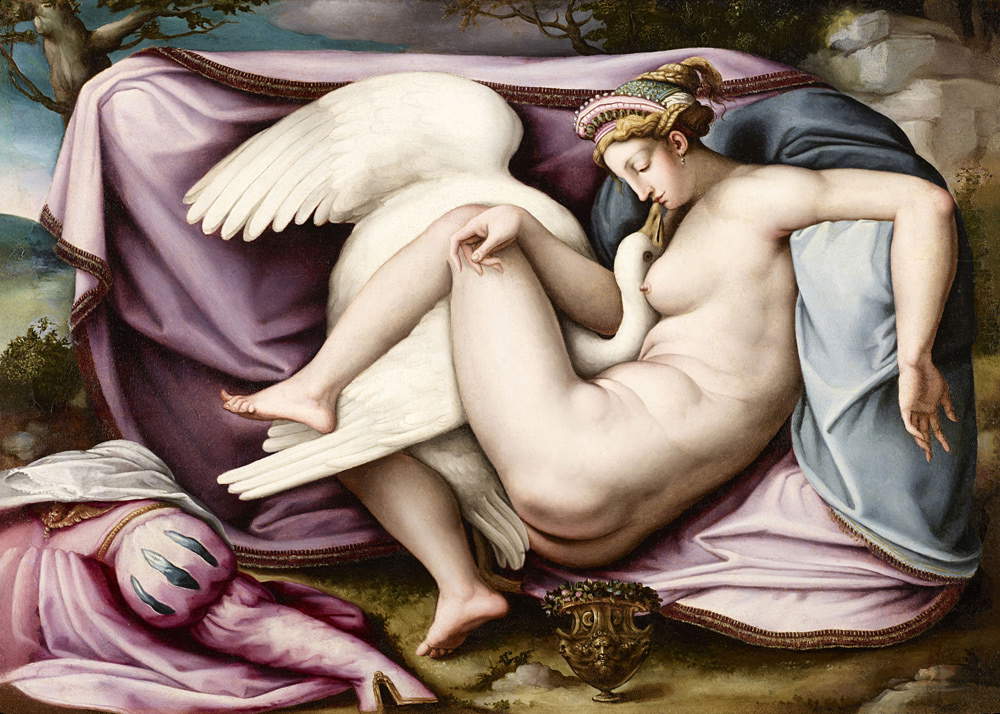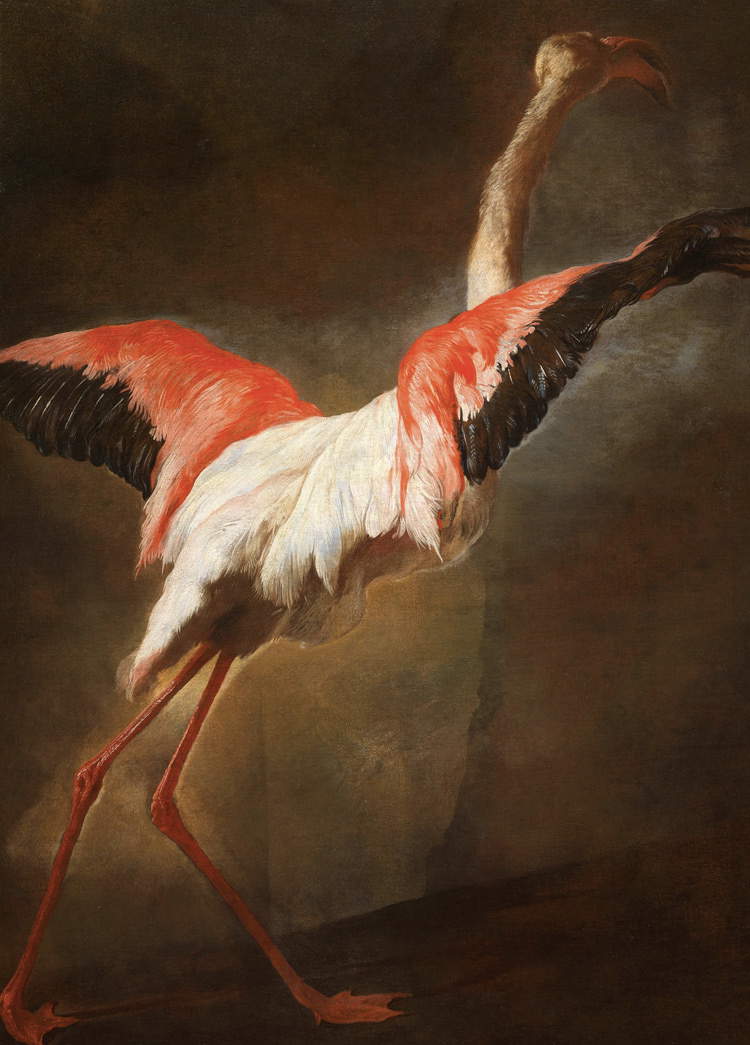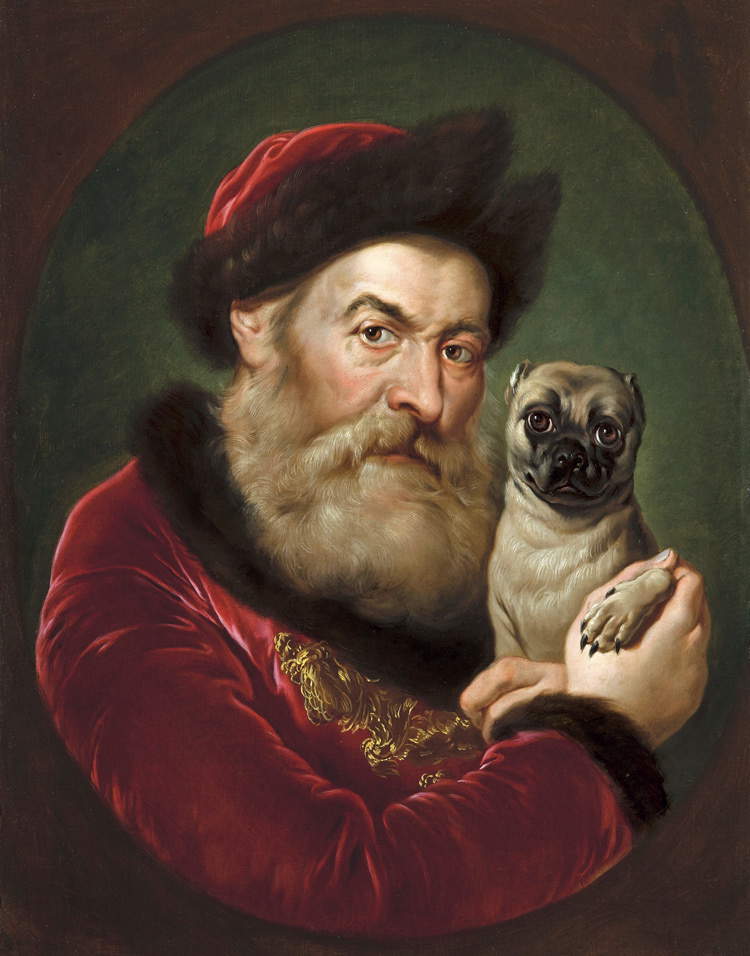by Redazione , published on 18/09/2018
Categories: Exhibitions
/ Disclaimer
In Brescia from January 19 to June 9, 2019, Palazzo Martinengo is hosting the exhibition 'Animals in Art. From the Renaissance to Ceruti'.
Running from January 19 to June 9, 2019 is an exhibition that is sure to interest animal lovers: Animals in Art. From the Renaissance to Ceruti is the title of the exhibition at Palazzo Martinengo in Brescia, which displays more than 100 masterpieces to document how animals played a central role in Italian painting between the 16th and 18th centuries. A kind of artistic “zoo” with masterpieces by great artists such as Guercino, Giacomo Ceruti, Grechetto, Cavalier d’Arpino, Luca Giordano, Pietro Longhi, Pieter Boel, Michelangelo Cerquozzi and many others.
The exhibition is curated by Davide Dotti, is organized by the Associazione Amici di Palazzo Martinengo, under the patronage of the Province of Brescia and the Municipality of Brescia, and will enable visitors to understand how the animal has always played a fundamental role in great ancient painting. In fact, the greatest masters of the Renaissance, Baroque and Age of Enlightenment, from Raphael to Caravaggio, from Guercino to Tiepolo to Ceruti, often painted animals, both in autonomous representations (almost like real portraits characterized also psychologically) and in the company of humans, especially on the occasion of official commissions from nobles and aristocrats. Moreover, drawing inspiration from biblical texts and classical Greek and Latin literature, artists fired canvases in which the animal is either the absolute protagonist (as, for example, in the Noah’s Ark episode) or a comprimario, becoming an iconographic attribute of the most revered saints (e.g., Jerome with the lion, George with the dragon, John the Baptist with thelamb), or an essential part of mythological storytelling (think of the stories of Diana the huntress accompanied by her faithful dog, Ganymede and the eagle, Leda and the swan, or the rape of Europa, contrived by Zeus transformed into a bull, to the sorceress Circe who turned men into animals and the cantor Orpheus who tamed the beasts with his song).
The exhibition itinerary will be divided into ten sections that will investigate the presence of the animal in painting with sacred and mythological subjects, highlighting the symbologies and meanings associated with it, and then delve into thematic rooms devoted to dogs, cats, birds, fish, reptiles and farm animals, often depicted in the company of humans. The last room, on the other hand, will feature exotic animals such as monkeys, parrots, dromedaries, lions, tigers, elephants, ostriches, and fantastic animals, that is, children of the artists’ fervid creative vein. The works will arrive in Brescia on loan from museums, picture galleries and private collections in Italy and abroad: among them are five masterpieces by Pitocchetto (Giacomo Ceruti’s nickname) that will be exhibited in public for the first time, including the striking and very modern pair of canvases depicting Vecchio con carlino and Vecchio con gatto, mentioned in the 1802 inventory of the prestigious Melzi d’Eril collection in Milan.
A valuable collaboration will also be established with the Department of Natural Sciences and Zoology of the University of Pisa, which will scientifically study the selected works to derive valuable information about ancient breeds and their evolution over the centuries. The exhibition is the fifth exhibition event of the Associazione Amici di Palazzo Martinengo, which follows the public and critical successes achieved with the exhibitions Il Cibo nell’Arte dal Seicento a Warhol (2015), Lo Splendore di Venezia. Canaletto, Bellotto, Guardi and the Vedutists of the Nineteenth Century (2016), Da Hayez a Boldini. Souls and Faces in Nineteenth-Century Italian Painting (2017) and Picasso, De Chirico, Morandi. One Hundred Masterpieces from Brescia’s Private Collections (2018), visited in all by more than 200,000 people. Below is a selection of images of the works on display.
 |
| Francesco d’Ubertino Verdi known as Bachiacca, Leda and the Swan (ca. 1540) |
 |
| Jan Roos, Orpheus Enchants the Animals (ca. 1630) |
 |
| Michelangelo Cerquozzi, The Donkey and the Fox (ca. 1640) |
 |
| Giovanni Benedetto Castiglione called the Grechetto, Noah’s Ark (ca. 1650) |
 |
| Pieter Boel, Flamingo (c. 1650) |
 |
| Guercino, Diana the Huntress (1658) |
 |
| Giacomo Ceruti known as il Pitocchetto, Old Man with Pug (c. 1740) |
 |
| Giacomo Ceruti known as il Pitocchetto, Old Man with Cat (c. 1740) |
 |
| Pietro Longhi, The Elephant (1774) |
 |
| Pugs, flamingos, cats, foxes: animals in art between the 16th and 18th centuries on display in Brescia. Photos |
Warning: the translation into English of the original Italian article was created using automatic tools.
We undertake to review all articles, but we do not guarantee the total absence of inaccuracies in the translation due to the program. You can
find the original by clicking on the ITA button. If you find any mistake,please contact us.









